
4 changes in fingers that could be signs of lung can.cer

This might sound unbelievable, but in reality, many small changes in the body, particularly abnormalities in the fingers, can be early warning signs of serious health issues.
For lung can.cer patients, early symptoms are not always obvious. Internal changes are often easily overlooked. Some subtle changes in the fingers can be an early sign of diseases like lung can.cer. Unfortunately, many people miss the opportunity for timely treatment because they ignore these signals.
If you notice any of the following changes in your fingers, do not ignore them. Seeking medical attention promptly could save your life!
1. Your Fingertips Become Round and Swollen, Like Little Drumsticks
If you closely observe your fingers, especially the index and middle fingers, you may notice that, when healthy, the fingertips are relatively straight. However, early symptoms of diseases like lung can.cer can cause changes in the fingertips.
For example, the bending and deformation of the nails, especially the fingertips becoming noticeably rounded like drumsticks, which is medically called "clubbing."
Clubbing of the fingers is often caused by a lack of oxygen, particularly in cases of long-term chronic lung disease. Poor oxygen exchange in the lungs results in insufficient blo.od supply to the limbs, causing these changes in the fingertips.
Many individuals, even with good health, may not pay attention to the swelling of their fingertips, thinking that the discomfort is from typing or long hours at the computer. However, after a thorough examination, doctors found that the patient was in the early stages of lung can.cer, with the tumor in the lungs compressing the airways, leading to oxygen supply issues, which eventually caused the clubbing.
Studies have shown that clubbed fingers are closely related to lung can.cer, especially in non-small cell lung can.cer patients.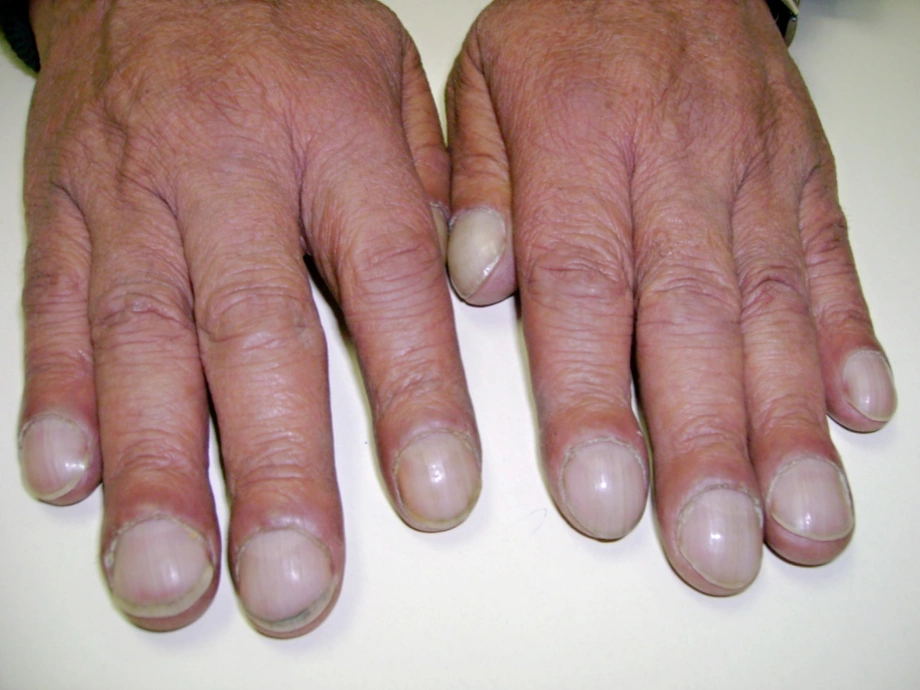
2. Your Nails Become Thick and Yellow
Many people know that the health of your nails can reflect the overall health of your bo.dy. If you notice your nails suddenly becoming thick or turning an abnormal yellow color, this is something you should not ignore.
People with lung can.cer often experience changes in their nails, particularly when the tumor has progressed to a certain stage.
Thick, yellow nails, and even concave nails, are typically due to a lack of oxygen in the body, especially when blo.od circulation in the lungs is poor, affecting nail growth.
Medically, changes in the nails, especially yellow and thick nails, are often early symptoms of serious diseases like lung can.cer. While not all cases of yellow or thick nails are related to lung can.cer, these symptoms are usually due to lack of oxygen, particularly in those with lung disease. If such changes occur, early lung health check-ups could prevent the condition from worsening.
3. Pain in Finger Joints, Accompanied by Unexplained Fatigue
Some people may notice unexplained pain in the finger joints during the early stages of the disease or feel that their fingers are no longer as flexible as before.
What’s more unusual is that this joint pain is not caused by external injury, but by a pain that arises without a clear cause, often accompanied by feelings of general weakness and fatigue.
These symptoms may be an early warning sign of diseases like lung cancer, particularly when the immune system of the body starts to weaken, affecting the joints. This joint pain is often associated with prolonged fatigue. The reason for this is that the immune system of cancer patients weakens, causing the body to suffer from multiple discomforts.
If the pain in the finger joints does not have an obvious external cause but is accompanied by fatigue, it’s important to rule out chronic diseases like diabetes or lung can.cer. At this stage, timely medical examination is crucial for early detection of can.cer.
4. "White Spots" or Abnormal Patches on Your Fingers
White spots or patches, though not widely recognized, can pose a risk and may be a sign of serious conditions like lung can.cer.
These white spots or patches often appear around the nails or on the fingertips. While they may seem like insignificant dots, they can be changes in the skin caused by poor blo.od circulation, a result of lung problems.
Medically, these white spots or patches often indicate that blood circulation is obstructed and that the amount of blo.od being delivered to the fingertips is insufficient, which could be a sign of lung disease. Therefore, when this occurs, it is especially important to promptly rule out lung conditions.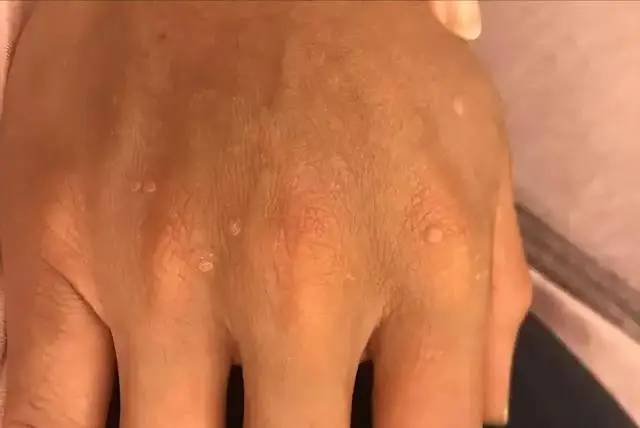
Small Changes in the Fingers Can Be Important Signals
Small, seemingly insignificant changes in your fingers can actually be important signals your bo.dy is sending. By observing these changes, you can not only detect lung can.cer early but also take timely measures to prevent the disease from advancing.
For individuals with diabetes, smokers, or those who have been exposed to long-term air pollution, unusual changes in the fingers should be closely monitored.
Although minor changes in the fingers do not necessarily mean lung can.cer, they often serve as early wa.rnings for potential health issues. Therefore, if you notice any of these changes in your fingers, do not overlook them. Seek medical attention as soon as possible to increase your chances of effective treatment and recovery.
How to Prevent Lung Can.cer and Related Health Issues
While early detection of lung cancer is important, prevention is always the best approach. There are several lifestyle changes and habits you can adopt to reduce the risk of lung cancer and maintain your overall lung health.
1. Avoid Smoking and Secondhand Smoke
The most significant risk factor for lung can.cer is smoking. Cigarette smoke contains ha.rmful chemicals that can da.mage lung tissue and lead to can.cer. If you currently smoke, the best thing you can do for your health is to quit.
-
Tips for Quitting Smoking:
-
Seek professional help or counseling to manage cravings and withdrawal symptoms.
-
Use nicotine replacement therapy or medications that help reduce dependence.
-
Stay active and engage in hobbies to distract yourself from smoking urges.
-
If you don't smoke, avoid exposure to secondhand smoke. Passive smoking can also increase your risk of lung can.cer, so steer clear of places where smoking is allowed.
2. Avoid Exposure to Environmental To.xins
Exposure to certain environmental to.xins can increase the risk of lung can.cer. These to.xins include:
-
Radon Gas: Radon is a naturally occurring gas that can seep into homes from the ground and cause lung can.cer. Consider testing your home for radon and installing a radon mitigation system if needed.
-
Asbestos: Occupational exposure to asbestos is a significant risk factor for lung can.cer. If you work in industries such as construction or shipbuilding, make sure to follow safety protocols and wear protective gear.
-
Air Pollution: Long-term exposure to air pollution can increase the risk of lung diseases, including can.cer. Limit outdoor activities on days when air quality is poor, and consider using air purifiers indoors.
3. Eat a Healthy Diet
Eating a nutritious diet is essential for maintaining overall health, including lung health. A diet rich in fruits, vegetables, and whole grains can help protect your lungs by providing antioxidants and essential vitamins that support immune function and repair tissue damage.
-
Foods to Include:
-
Leafy greens and cruciferous vegetables (like broccoli, cabbage, and kale) that are rich in fiber, vitamins, and antioxidants.
-
Foods high in vitamins C and E, which help reduce inflammation and protect cells from damage.
-
Omega-3 rich foods, such as fatty fish, flaxseeds, and walnuts, to reduce inflammation and promote lung health.
-
4. Regular Exercise
Regular physical activity improves lung function, helps maintain a healthy weight, and strengthens your immune system. Exercise enhances the body’s ability to process oxygen and expel toxins. Aim for at least 30 minutes of moderate exercise most days of the week.
-
Types of Exercise for Lung Health:
-
Aerobic exercises, such as walking, cycling, swimming, or running, which help improve cardiovascular and lung health.
-
Breathing exercises, like diaphragmatic breathing and pursed-lip breathing, which help improve lung capacity and efficiency.
-
5. Regular Health Check-ups and Screenings
Routine check-ups and screenings can help detect lung can.cer early, especially for those with a higher risk. People who have smoked for many years or have a family history of lung cancer should consider screening.
-
Lung Cancer Screening: For individuals aged 55 to 80 who have a history of heavy smoking, annual low-dose CT scans are recommended as a preventive screening method for lung cancer.
-
Routine Physical Exams: Regular doctor visits allow for the early detection of any signs of lung disease. If you notice any unusual symptoms, such as persistent coughing, difficulty breathing, or unexplained weight loss, it’s essential to consult with your healthcare provider.
6. Maintain a Healthy Weight
Obesity can increase the risk of lung can.cer, as excess body fat contributes to inflammation and reduces immune function. Maintaining a healthy weight through a balanced diet and regular exercise can reduce your risk of lung can.cer and improve your overall health.
7. Practice Good Hygiene and Respiratory Health
Keeping your respiratory system healthy is essential for preventing lung infections and diseases. Regular handwashing, avoiding close contact with individuals who are sick, and wearing masks during high-risk situations (e.g., in crowded places or during flu season) can help protect your lungs from ha.rmful infections.
Conclusion
Preventing lung can.cer and other related lung diseases requires a proactive approach that includes avoiding ha.rmful substances, maintaining a healthy lifestyle, and regular medical check-ups. By following these preventative measures, you can significantly reduce the risk of lung cancer and other lung-related health issues, and enjoy a healthier, longer life.
If you notice any changes in your health, particularly any of the early signs of lung can.cer, make sure to consult a healthcare provider as soon as possible. Early detection and lifestyle adjustments can make all the difference.
News in the same category


Diabetics are ‘very afraid’ of a spice that is abundant in the market: American experts say it is ‘as good as prescription drugs’

Rub Ginger on the Soles of Your Feet Before Bed, and You’ll Experience Its “Miraculous” Health Benefits

Pare de comer estes 4 alimentos imediatamente Eles contêm muitos parasitas

What happens to your body if you drink orange juice every day?

A cup of hot water can offer many health benefits
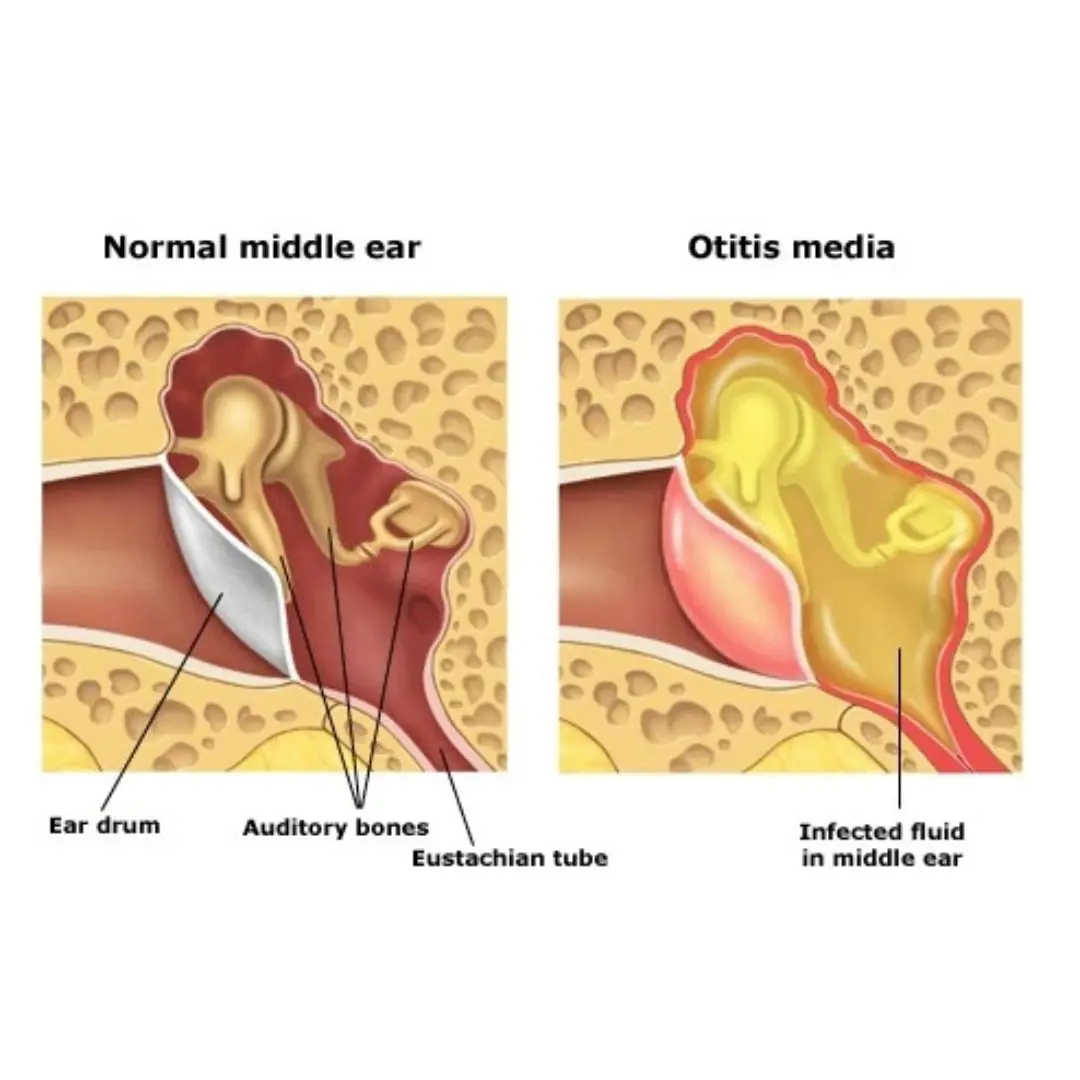
Otitis media – the “hidden culprit” causing vestibular disorders that many people ignore

Don't drink water before bed but still urinate at night, beware of these 3 diseases
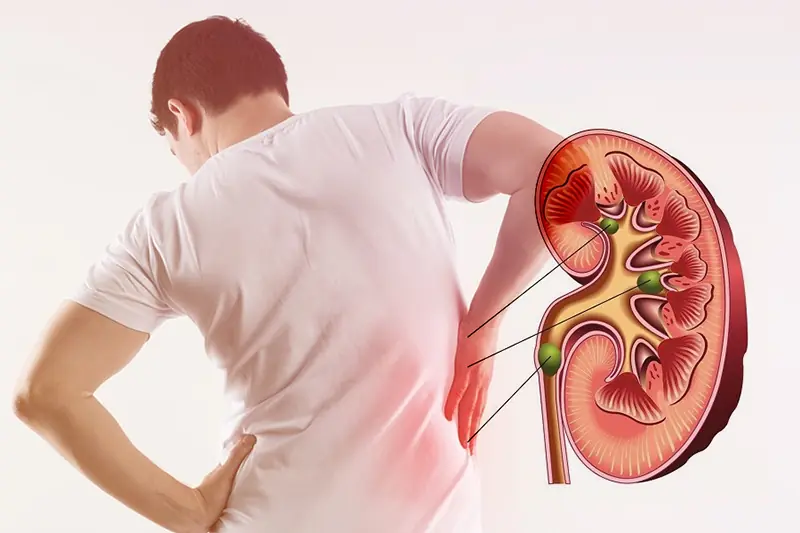
8 symptoms of kidney fai.lure you should never ignore

3 things that don’t go well with eggs
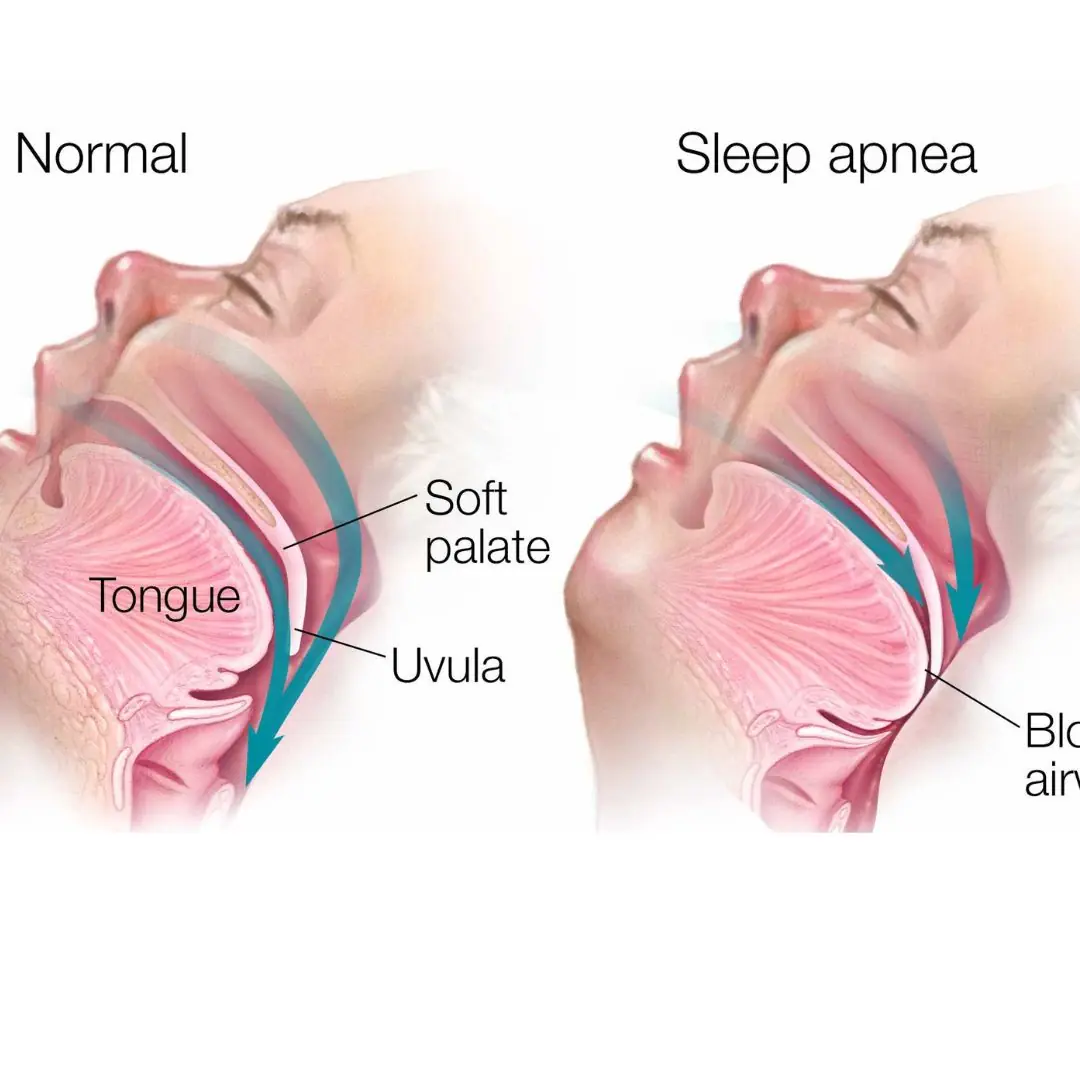
4 Signs You Might Have Sleep Apnea

5 foods you should never keep overnight
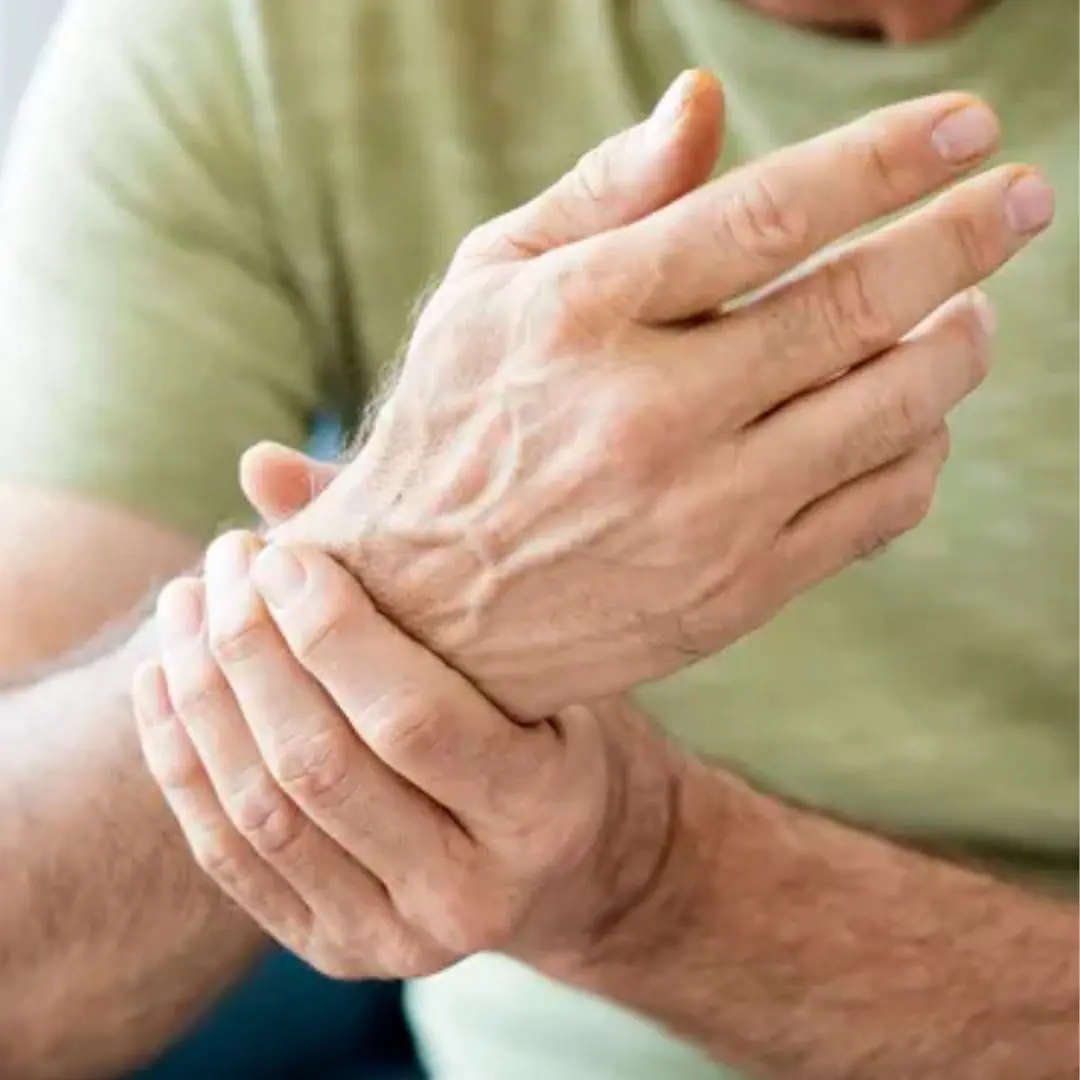
Waking Up With Numb Hands? Here's What Your Body's Trying to Tell You

Mother Collapses: "I Thought These Two Things Were Can.cer-Preventing Superfoods"

5 bad habits that increase the risk of stroke at night

15 years without can.cer recurrence: Japanese doctor shares 5 simple secrets to keep malignant cells from "daring to return"

Insomnia, when to see a doctor?

30-year-old couple both have stomach can:cer due to dishwashing habit that many people also have

Top Natural Drinks That Safely Rejuvenate Your Skin From Within
News Post

15 Years Can.cer-Free: Japanese Doctor Shares 5 Simple Habits to Keep Can.cer Cells from Returning

3 familiar household items that are harmful to health

6 eating habits that silently destroy your health

Diabetics are ‘very afraid’ of a spice that is abundant in the market: American experts say it is ‘as good as prescription drugs’

7 “Golden” Summer Vegetables: Fresh, Chemical-Free, and Worth Eating Every Day

Rub Ginger on the Soles of Your Feet Before Bed, and You’ll Experience Its “Miraculous” Health Benefits

When Installing an Air Conditioner, Avoid These 4 Spots to Protect Your Family’s Health

10 Tips for Growing a Big Pepper Harvest

How to Grow Kiwi in Containers at Home

What happens to your body if you drink orange juice every day?

Revitalizing Orchids Using Tea: A Comprehensive Guide with Handy Tips
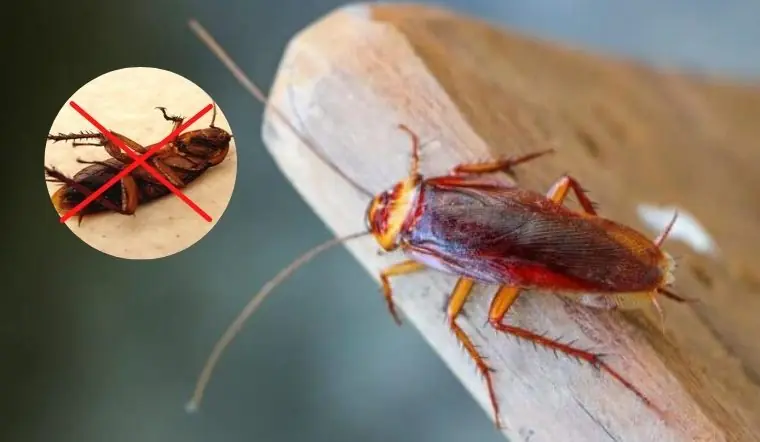
4 effective ways to ensure your home is free of cockroaches

Are two-headed snakes real? Why does this phenomenon occur?

A cup of hot water can offer many health benefits
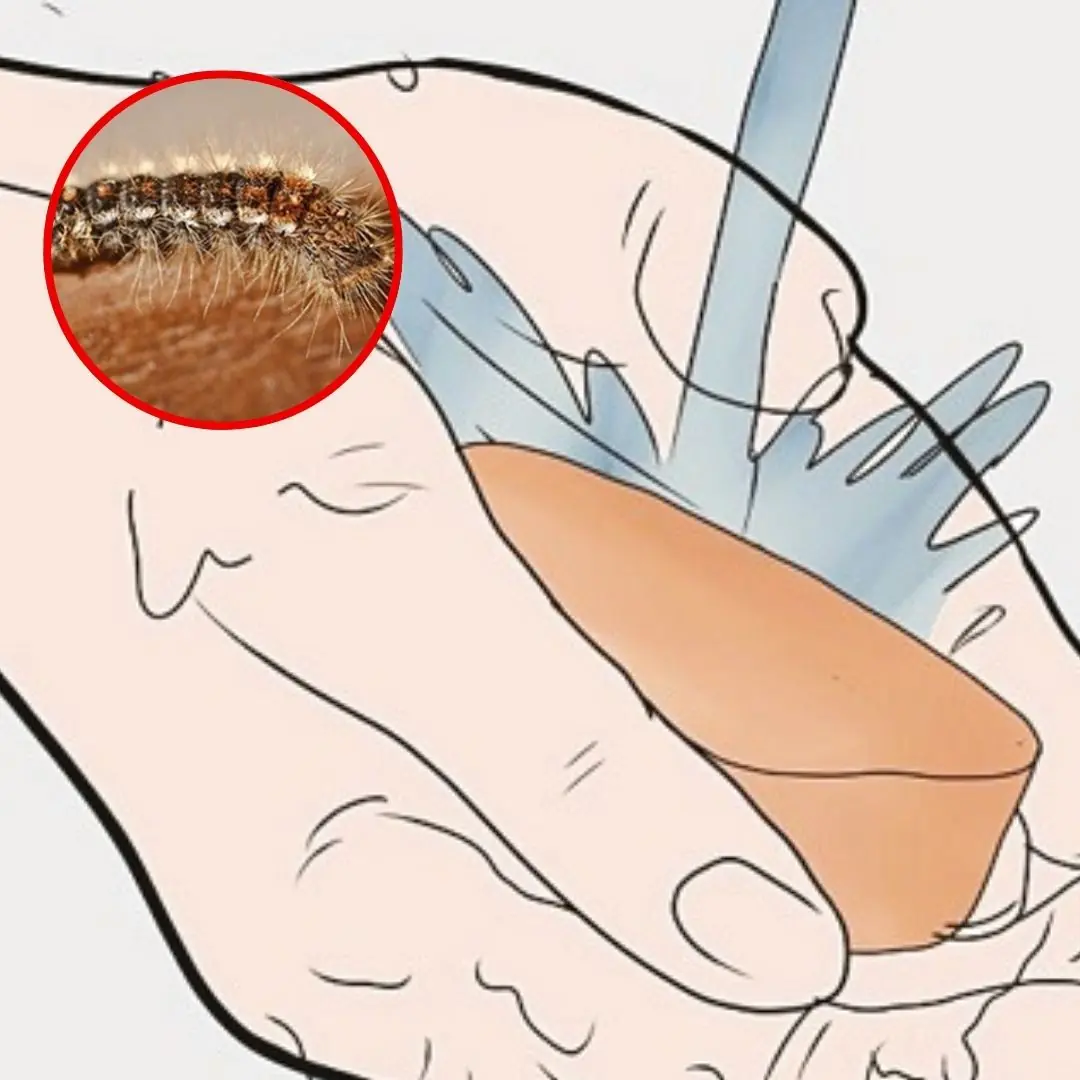
Caterpillar on you: 5 simple steps to treat at home

Otitis media – the “hidden culprit” causing vestibular disorders that many people ignore

Don't drink water before bed but still urinate at night, beware of these 3 diseases

How to Plant a Mango Seed and Successfully Grow
